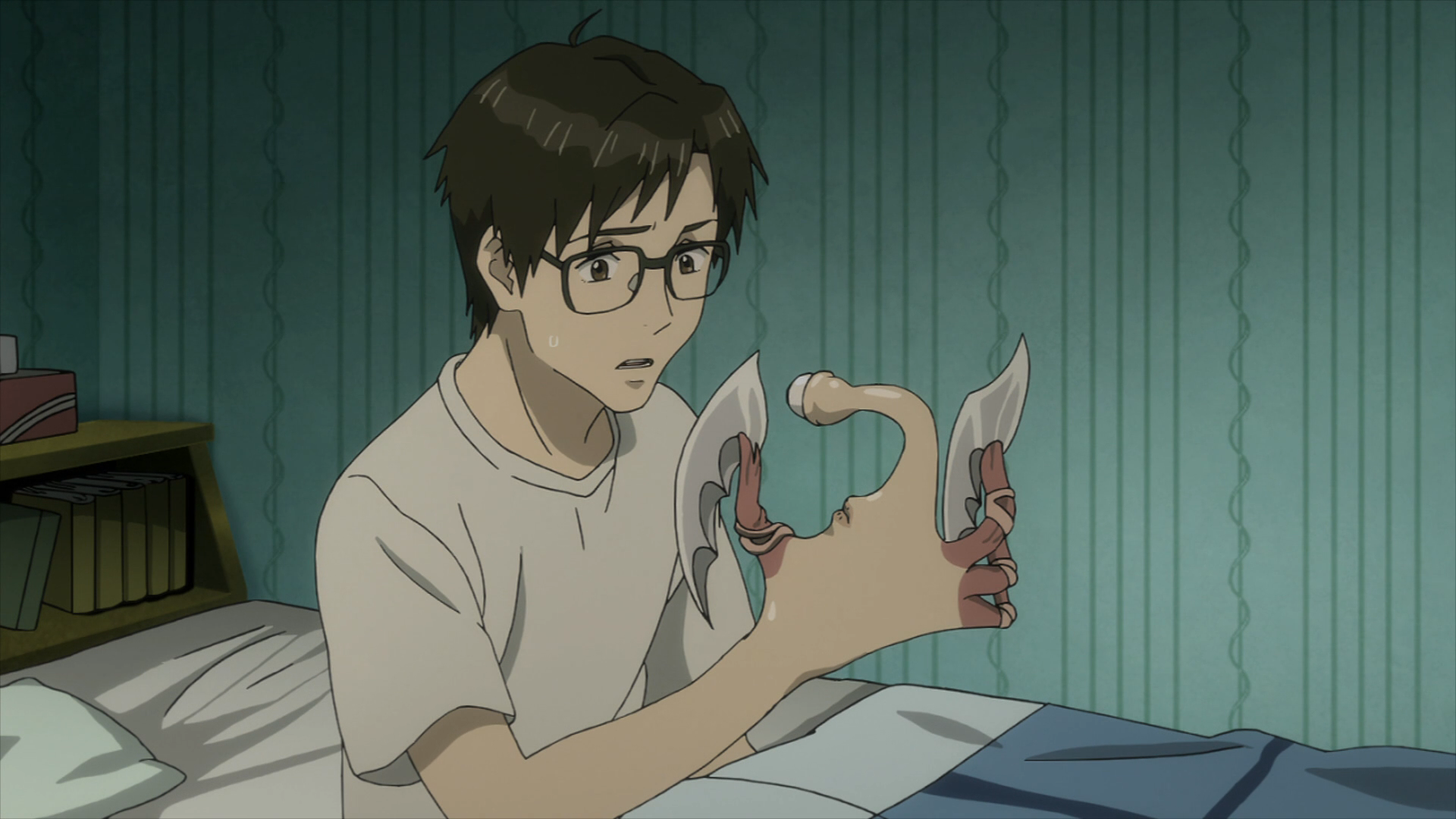An Underrated Masterpiece: Me and the Devil’s Blues

Out of the most underrated mangas of all time, Me and the Devil’s Blues [Ore To Akuma No Blues] stays leading.
Written and illustrated by Akira Hiramoto, to call this manga just jazzy is undermining; it’s thrilling, poignant and surprisingly mature, compared to Hiramoto’s most known work, Prison School. Its first run was in the early 2000s, and is still ongoing.
Hiramoto picks up his pen to illustrate the fictional biography of legendary musician Robert Johnson. Set in the late 20s in the South of the United States, protagonist RJ was working at a plantation until he sat at a crossroads at midnight with a guitar, to make a pact with the devil. Disguised as a eerie figure, the summoned devil tunes up the guitar and plays Johnson a few songs so, six months from then, RJ is set to become the most talented blues musician and the father to rock’n’roll.
However, nothing good comes from trading one’s soul to Satan; tragedies follow his fame, as death struck his wife and newborn, and from his hand grows extra fingers which, to his horror, are sporadically invisible. The pitfalls of his life are intricately connected to his life-altering wish.
Based on myths about the blues player, it is said that he sold his soul to Satan in order to be the best blues player in the world. Although the aforementioned is questionable, very little of Robert Johnson’s life has been recorded, giving Hiramoto plenty of leeway for the plot.
The highlight of Me and the Devil’s Blues is that the story revolves around an African-American character, unlike most mangas who rarely portray any Black characters. Historically accurate as well, it represents the life of minorities during the Great Depression and the racially motivated violence prevalent a few decades ago. Most evidently demarcated from other mangas are the illustrations. Graciously cross-hatched and realistic, Hiramoto shows off his versatile hand and readers relish the impressive double-page spreads.
Gritty, gloomy historical horror is not a common genre; this manga is hard to put down. To future readers: don’t miss out on the appearance of Clyde Barrow from Bonnie & Clyde.
About the Author:
Mizuki Khoury
Born in Montreal, based in Tokyo. Sabukaru’s senior writer and works as an artist under Exit Number Five.





